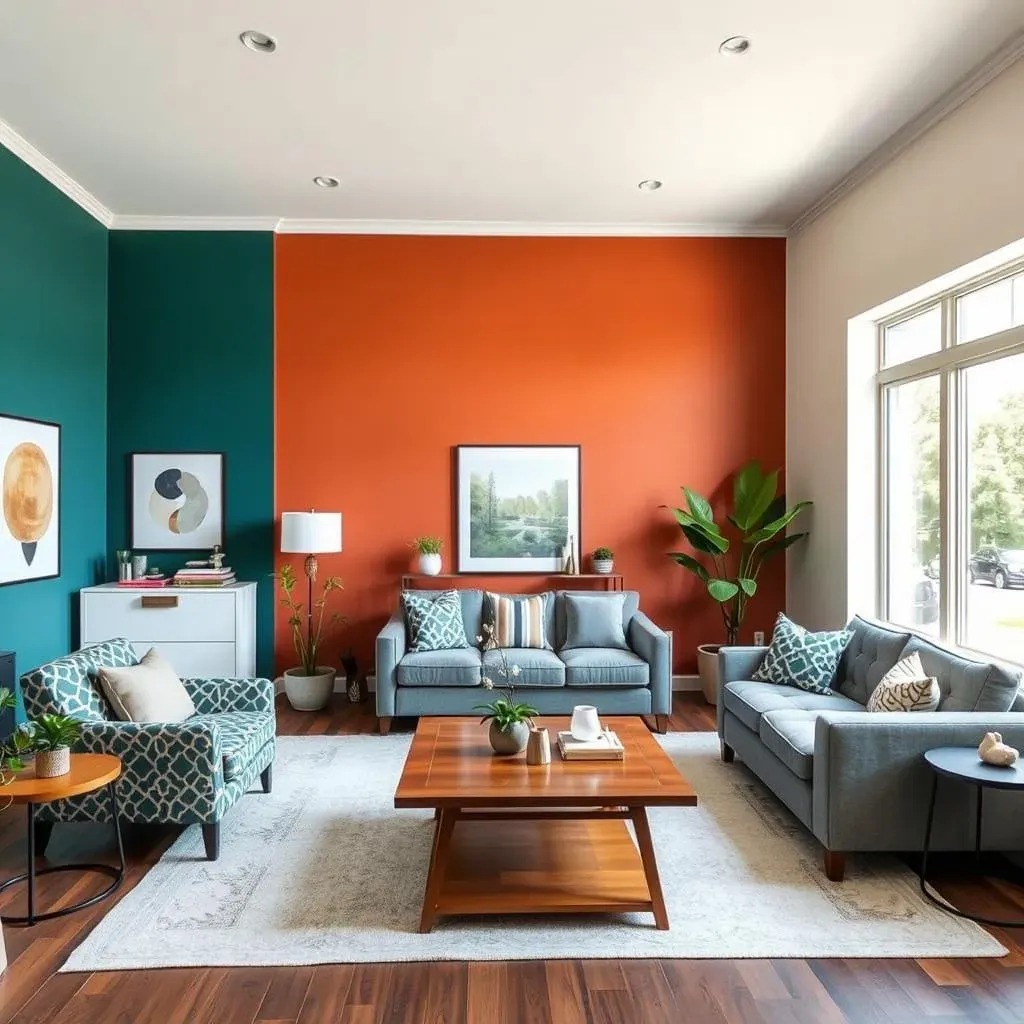Table of Contents
Ever stared at a room and thought, "One accent wall just isn't cutting it"? You're not alone. The idea of having two accent walls in the same room is tempting, promising a bold design statement. But is it a recipe for disaster, or a stroke of genius? We've all seen those design magazines flaunting single, perfectly placed accent walls, making us wonder if we're breaking some unspoken rule by even considering two. This article will explore that very question, "can you have two accent walls in the same room?" We'll look at when it works, when it definitely doesn't, and some clever alternatives if you're feeling adventurous but want to avoid a decorating catastrophe. So, if you're itching to add a little more drama to your space, stick around. We're about to break down the do's and don'ts of double the accent wall fun, ensuring your room looks stylish, not chaotic.
The Single Accent Wall: Why It's the Norm
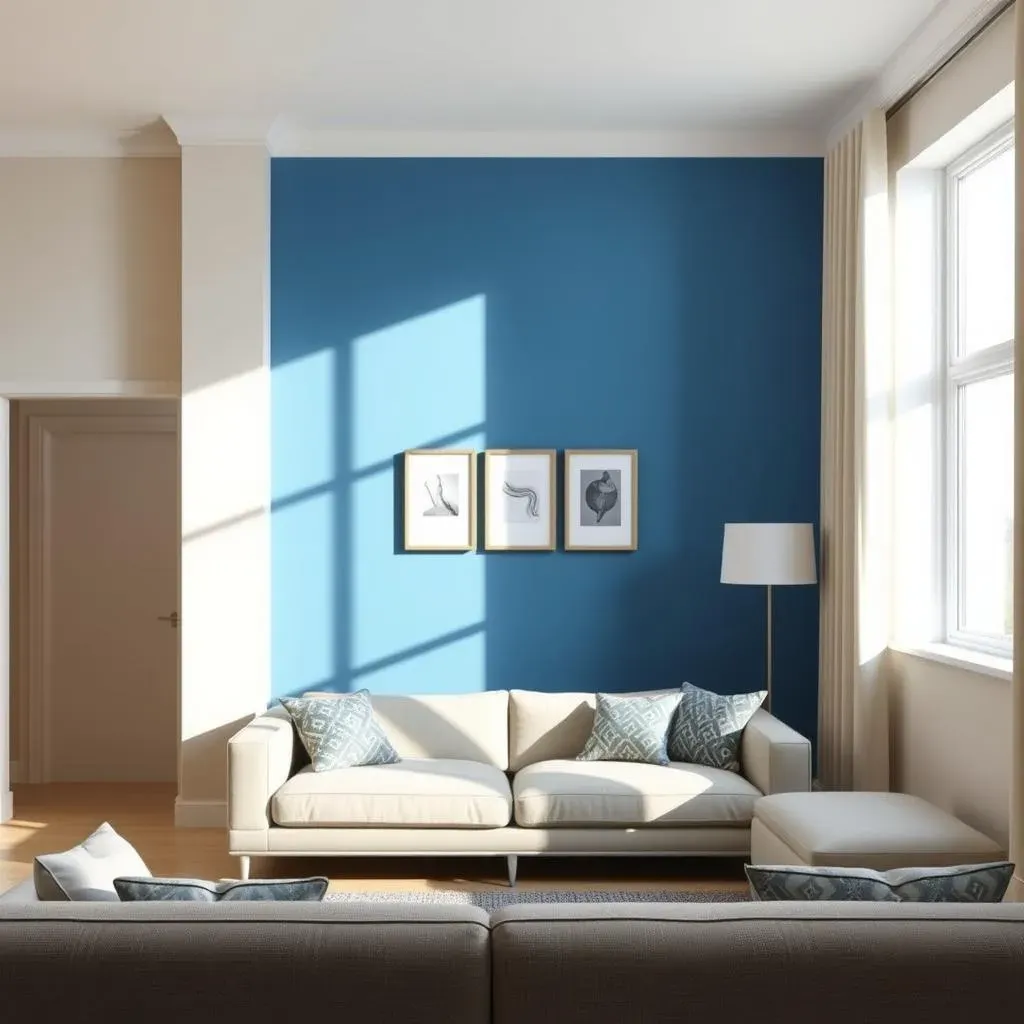
The Single Accent Wall: Why It's the Norm
The Power of Focus
Okay, so, why does everyone and their grandma seem to be obsessed with just *one* accent wall? Well, it's all about focus. Think of it like a spotlight in a theater. You want to draw the eye to a particular area, right? A single accent wall does just that, it creates a focal point in your room. It's like saying, "Hey, look over here! This is the star of the show!" It could be the wall behind your bed, the one with the fireplace, or even just the one that gets the most natural light. It is simple and it works. It's not about being boring, it’s about being strategic.
Plus, let's be real, it’s way less risky. Imagine going all-out with two different bold colors. It could end up looking like a color explosion, not in a good way. Sticking with one accent wall lets you experiment without going overboard, it is a safe bet. It gives you a pop of personality without overwhelming the space. It’s the design equivalent of dipping your toe in the water before jumping into the deep end. You get to play with color and texture, but you're not stuck with a room that screams, "I made a mistake!"
Simplicity and Balance
A single accent wall also helps maintain a sense of balance in a room. It's like a visual anchor. If you have a lot going on in your decor, like patterned furniture or busy artwork, an accent wall can provide a nice contrast without adding more chaos. It gives the eye a place to rest, preventing the room from feeling too cluttered. It's the calm in the storm, the quiet note in a loud song. It adds depth and dimension, but it does so with a sense of restraint. That's the beauty of the single accent wall, it's powerful, but it's also subtle.
And let's not forget, it's easy! One wall is a manageable project, both in terms of time and cost. You don’t need to spend a fortune on paint or wallpaper, and you're not spending your entire weekend taping and painting. It's a simple, effective way to change the look and feel of a room without a huge commitment. It's like a low-risk, high-reward design move. It's the reason it's the norm, it's because it works well and it's simple, it is a reliable way to make a statement without making a mess.
Benefit | Description |
|---|---|
Focal Point | Draws attention to a specific area. |
Reduced Risk | Less chance of a color clash or overwhelming the space. |
Balance | Creates a visual anchor and prevents clutter. |
Simplicity | Easy to implement and cost-effective. |
Two Accent Walls: When It Works (and When It Doesn't)
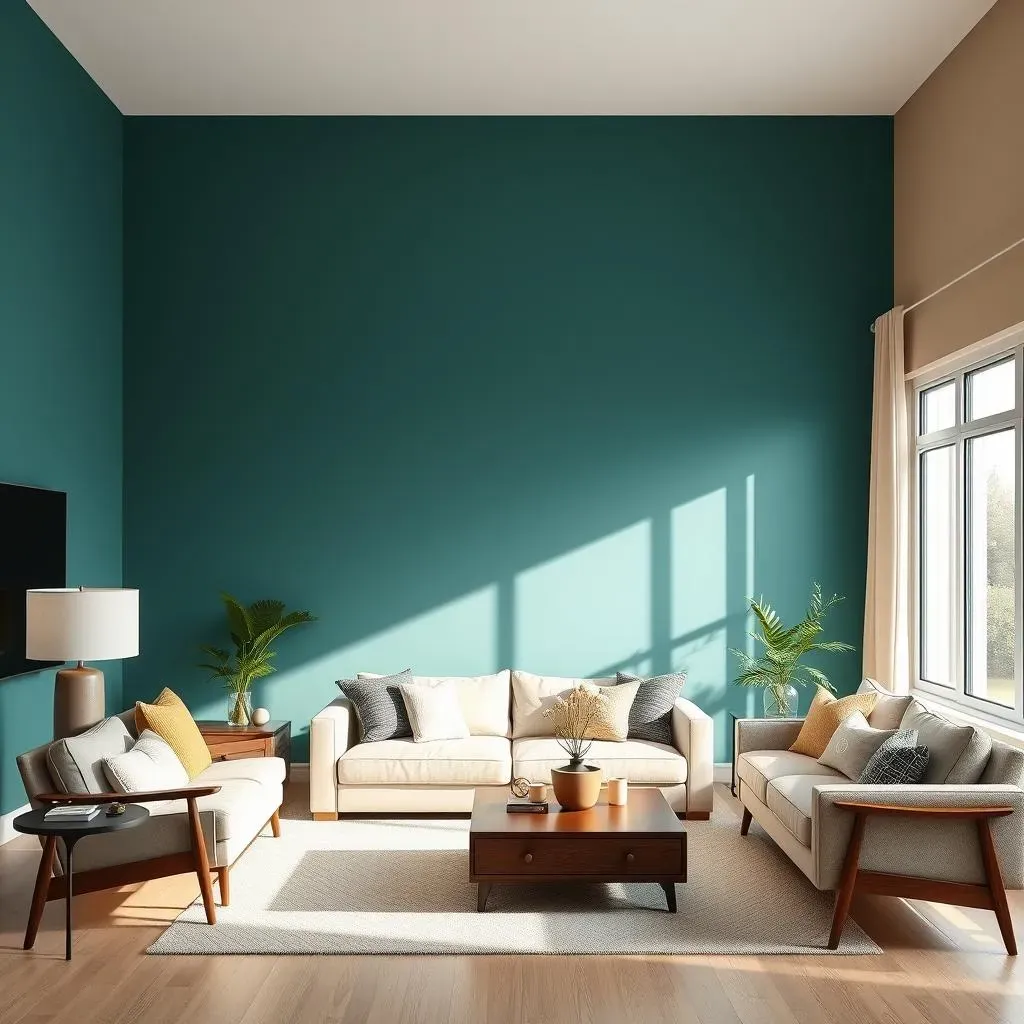
Two Accent Walls: When It Works (and When It Doesn't)
The Power of Symmetry
Okay, so you're feeling brave, huh? You want to try two accent walls? It's not totally off-limits, but you have to be smart about it. One scenario where two accent walls *can* work is when you have a naturally symmetrical room. Think of a long, rectangular living room where the two shorter walls mirror each other. In this case, two accent walls can actually enhance the symmetry, creating a sense of balance and harmony. It's like having bookends, they help frame the space. It’s not about being matchy-matchy, but about using the room's shape to your advantage.
It's like when you're working out. You wouldn't do push-ups on one side of your body and not the other, right? You need balance. The same goes for your room's design. Using two accent walls on opposite sides can visually expand a narrow room. It's like giving the walls a little nudge, making them feel further apart. However, you must choose the right colors, the wrong choice can make the room feel smaller and cramped.
When to Say "No, No, No!"
Now, let's talk about when two accent walls are a definite no-go. If your room is small or has an awkward layout, adding two accent walls can make it feel chaotic and cramped. Imagine trying to fit two big personalities into a tiny space – it's just not going to work. Also, if your two accent walls are right next to each other, it will look like you are trying to create a collage, instead of a cohesive design. It will be too much, even if you like the colors. Remember, the goal is to create a focal point, not a distraction. You don't want your room to look like a toddler's coloring book.
Another mistake is using two completely different colors or patterns that clash. It’s like wearing stripes and polka dots at the same time, it is just too much. You need to have a design plan. If you're using two accent walls, they should complement each other, not compete. Think of it as a duet, they need to harmonize, not shout over each other. It's all about creating a flow, not a jarring contrast. If you have any doubt, it is best to stick to one accent wall, it is the safest bet.
Scenario | Two Accent Walls | Single Accent Wall |
|---|---|---|
Symmetrical Room | Can enhance balance | May not utilize the space fully |
Small or Awkward Room | Can feel cramped and chaotic | Creates a clear focal point |
Adjacent Walls | Looks disjointed and busy | Provides a clear anchor |
Clashing Colors | Creates visual conflict | Allows for controlled color pop |
The Importance of Balance
Ultimately, when deciding if you want to try two accent walls, you need to consider your room's layout and design. It is not as simple as picking two walls and putting two colors. You need to plan it out. Balance is the key. If you do it correctly, it can be a bold and beautiful design choice. But if you do it wrong, it can look like a big mess. It's like trying a new workout, you need to know what you are doing, otherwise you can hurt yourself. So, before you grab that paint brush, take a step back and think about it. Sometimes, less is more, and other times, more is exactly what your room needs. But remember, it is all about balance.
Planning Your Two Accent Walls: Tips and Tricks
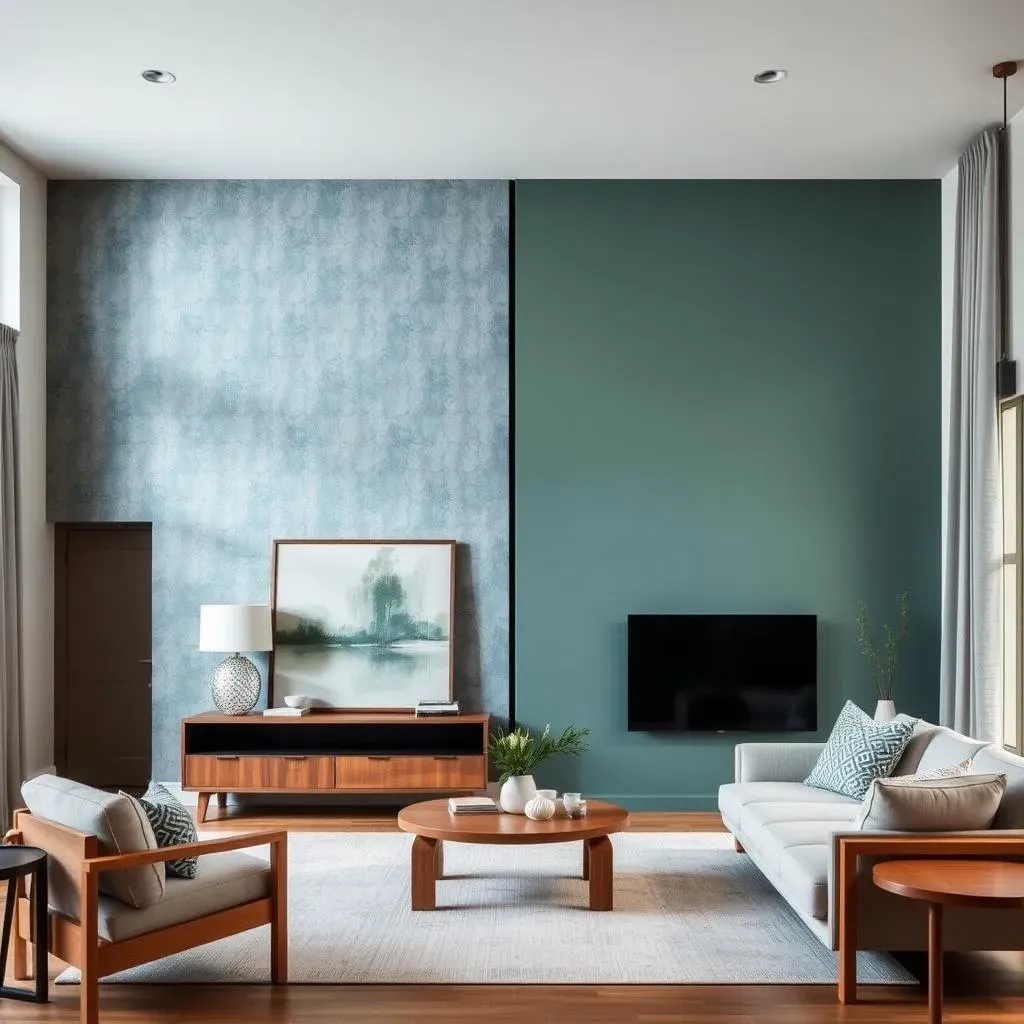
Planning Your Two Accent Walls: Tips and Tricks
Choosing Your Colors Wisely
Alright, so you're going for two accent walls? Let's talk color. This isn't a free-for-all. You can't just pick your two favorite colors and hope for the best. Think of it like choosing a band, you need harmony. You need to pick colors that complement each other. One great option is to choose two shades of the same color, one lighter and one darker. This creates a cohesive look that is not too jarring. For example, you could pair a light blue with a navy blue. Or, if you’re feeling bold, you can use colors that are next to each other on the color wheel. Think greens and blues, or yellows and oranges. It’s like creating a visual symphony, not a cacophony. You want your walls to sing together, not fight.
Another tip is to consider the mood you're trying to create. Do you want a calming space? Stick with cool colors like blues and greens. Want a space full of energy? Go for warm colors like reds and yellows. It's like setting the stage for a play, your colors set the tone for the whole room. And whatever you do, don't forget to test your colors before you commit. Paint some samples on the wall and look at them in different lights. What looks good in the store might look completely different in your room. It's like trying on clothes before you buy them, you want to make sure it fits your space.
The Importance of Placement
So, you got the colors down, now let's talk placement. Where are you going to put these two accent walls? It's not about picking any two walls, it’s about being strategic. As we talked about before, symmetrical rooms are great for two accent walls. But if you don’t have a symmetrical room, you need to get creative. Try using two walls that are connected by an architectural feature, like a doorway or a built-in bookshelf. It will make the transition look smooth and cohesive, it is like connecting the dots. You want your accent walls to make sense within the space, not just plop them randomly.
Also, think about how your accent walls interact with the rest of your decor. If you have a lot of art on one wall, maybe don't make that an accent wall. You want your accent walls to enhance your space, not fight with it. It’s about creating a visual hierarchy. You want your eye to be drawn to the right places. It's like choreographing a dance, you want each movement to flow naturally. If you have any doubt, just ask for help. It is better to ask for help, instead of making a mistake.
Tip | Description |
|---|---|
Color Harmony | Choose colors that complement each other, not clash. |
Mood Setting | Use colors to create the desired atmosphere in the room. |
Test Samples | Always test paint samples on the wall before committing. |
Strategic Placement | Use architectural features or room symmetry to guide placement. |
Decor Compatibility | Ensure accent walls work with the rest of the room's decor. |
Don't Forget About Texture
Okay, so you’ve got color and placement down. But let's not forget about texture. Texture can add another dimension to your accent walls. Instead of just using paint, consider adding wallpaper, brick, or wood. It adds visual interest and depth. It’s like adding a little spice to your dish, it makes it more interesting. You can use a textured wallpaper on one wall and a painted wall on another. Or you can use a wood accent wall on one side and brick on the other. The key is to make it look intentional, not random. It is all about creating a design that is thoughtful and unique.
Remember, the goal of two accent walls is to enhance your space, not overwhelm it. So, take your time, plan it out, and don't be afraid to experiment a little. It’s like putting together a puzzle, you need all the pieces to fit perfectly. If you do it right, two accent walls can be a stunning design choice. If you do it wrong, it can be a disaster. So, be smart, be creative, and most importantly, have fun with it! It's your space, make it your own.
Alternatives to Two Accent Walls: Exploring Other Options
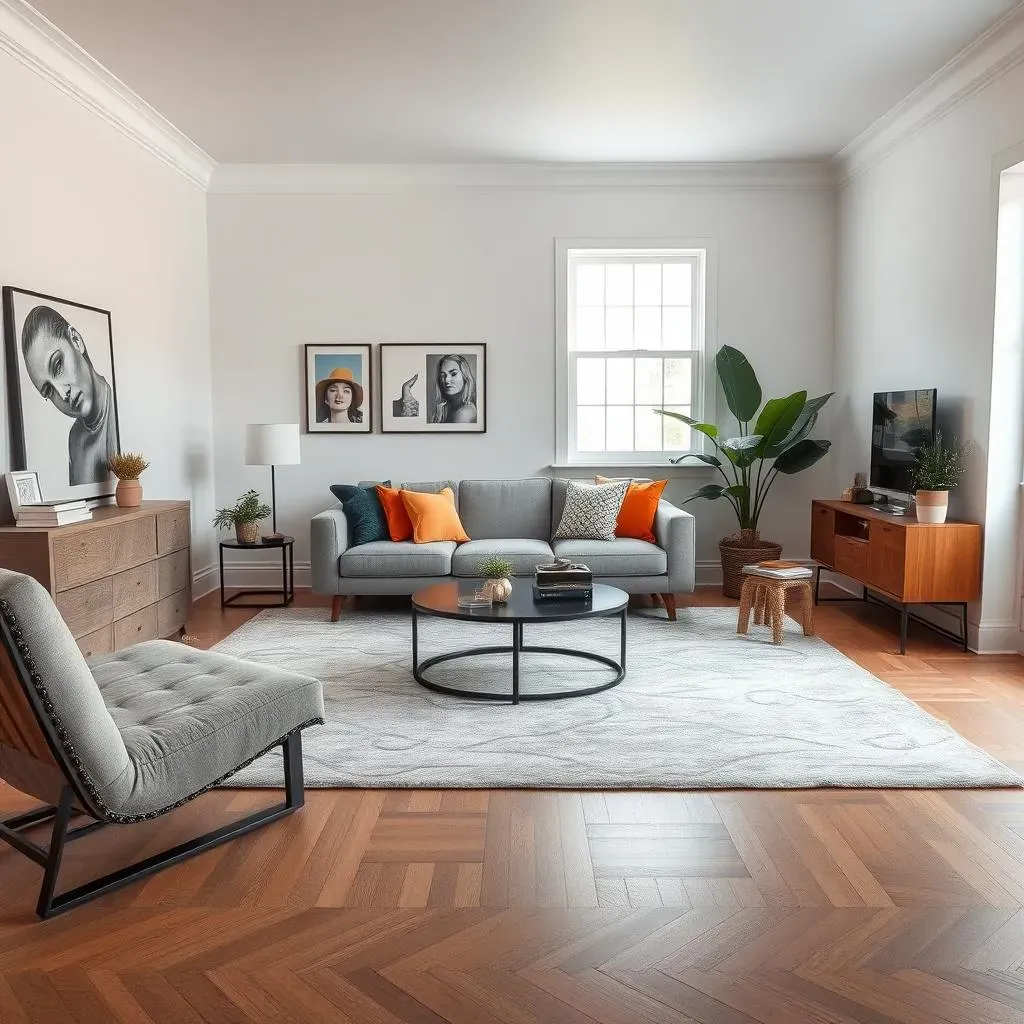
Alternatives to Two Accent Walls: Exploring Other Options
Embracing Other Design Elements
Alright, so maybe two accent walls are a bit too much for your space, or maybe you're just looking for something a little different. That's totally cool, there are tons of other ways to add personality and visual interest to your room. Think beyond just paint, what about adding texture with wallpaper, or creating a focal point with a large piece of art? Sometimes, less is more, and a single well-chosen design element can be more impactful than two competing accent walls. It’s like choosing the perfect accessory for an outfit, it can make all the difference. And let’s be honest, sometimes the most stylish choices are the ones that are a bit unexpected.
Another fantastic option is to use decor to define your space. Think about using a large rug to anchor a seating area, or using a bookshelf to create a visual divider in a room. It’s all about using what you have to your advantage. You can also use lighting to create different moods and focal points. A well-placed floor lamp or a unique pendant light can draw the eye and add a touch of drama without making any permanent changes. It is like being a magician, using light and shadow to create the illusion of depth and space. It’s not just about paint, it’s about creating a space that feels like you.
Alternative | Description |
|---|---|
Textured Wallpaper | Adds visual interest and depth. |
Large Art Piece | Creates a focal point and adds personality. |
Area Rug | Defines a seating area and adds color/pattern. |
Bookshelf | Creates a visual divider and adds storage. |
Unique Lighting | Adds drama and creates focal points. |
Playing with Patterns and Textures
Let's talk patterns and textures. These are your secret weapons when you want to add interest without going overboard with color. Think about using patterned curtains or throw pillows to add a pop of visual interest. Or you can use a textured throw blanket to add depth to your sofa. It's all about layering different elements to create a rich and interesting space. It's like composing a song, you need different instruments and melodies to create a beautiful piece of music. And don't be afraid to mix and match. A little bit of unexpected pattern play can add a lot of personality and flair to your room.
You can also use natural elements, like plants and wood, to add texture and warmth to your space. A few well-placed plants can bring life to a room and add a touch of nature. And a wooden coffee table or a woven basket can add warmth and texture. It's all about creating a space that feels both inviting and stylish. It is like creating a garden, you need different plants and textures to create a space that is beautiful and interesting. So, before you grab that paint brush, consider all your options. There are so many ways to make your space unique and beautiful, without having to rely on two accent walls.
Wrapping Up the Two-Accent Wall Debate
So, can you have two accent walls in the same room? The short answer is, it's complicated. While it's not a decorating crime to try, it's definitely not a guaranteed success. The key is careful planning and a strong understanding of your space. If you're feeling brave, go for it, but maybe test it out with some paint samples first. If you're still unsure, there are tons of other ways to add personality to a room without risking the double accent wall dilemma. Ultimately, your home should reflect your style, so trust your gut and have fun with it. Just maybe keep a spare can of paint handy, just in case.
